How to bottle feed a newborn: Top five tips and advice from experts
You can start bottle feeding at any time, just follow these simple steps...

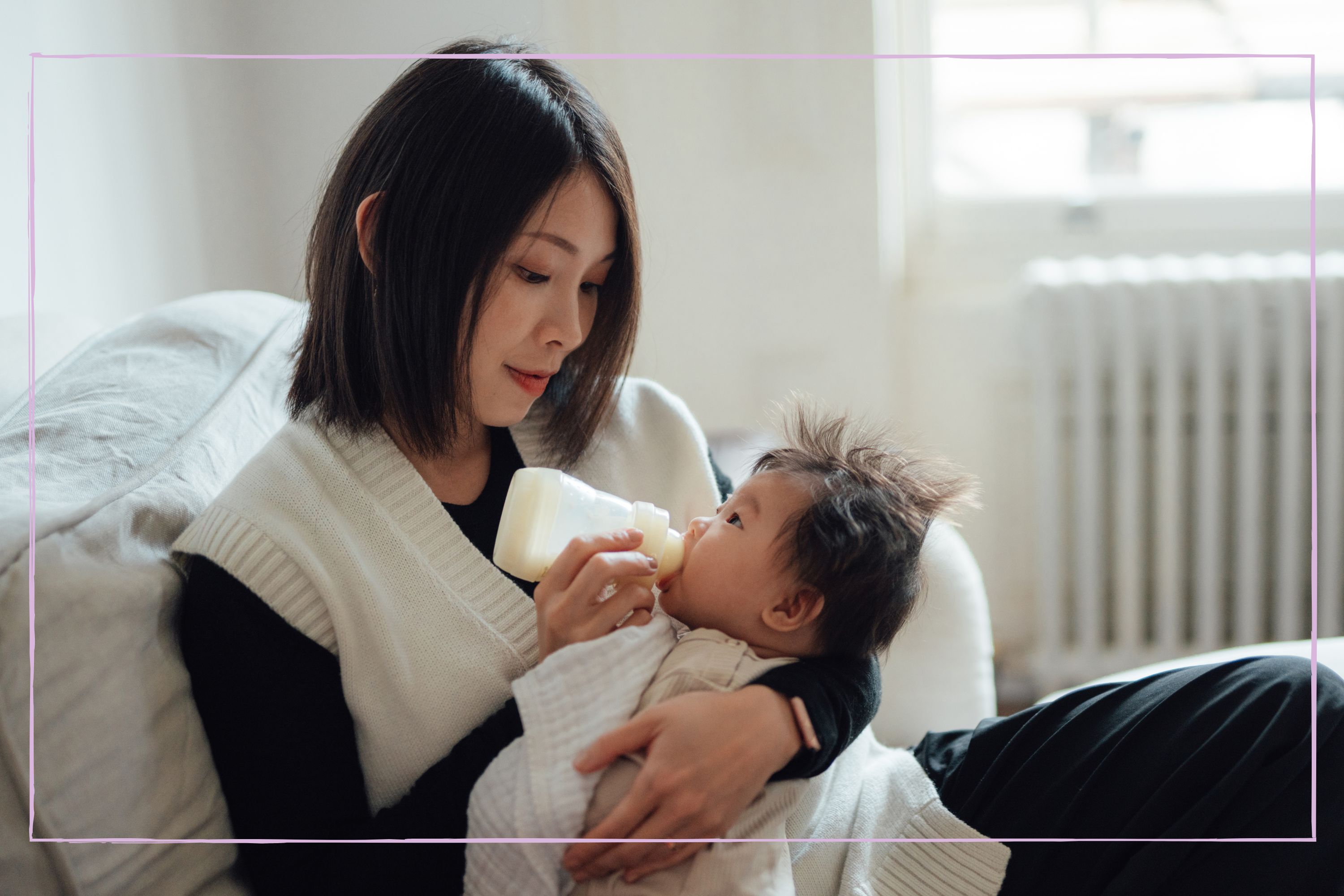
Getting to grips with how to bottle feed a newborn can take a bit of getting used to, which is why we've asked the experts for their advice.
It might sound simple, but there's a lot to consider when bottle feeding your baby, from whether you use breast milk or formula to what position you feed in - and you'll want to make sure you have some of the best bottles on hand to help you out too. Then there's the debate around breastfeeding or bottles, and if you choose the latter you'll want to know how to sterilize baby bottles too.
Goodto.com family editor Stephanie Lowe tells us; "When I had my son, the general advice was 'breast is best' and that was that, there wasn't much information for people interested in bottle feeding. For moms who decide not to breastfeed for whatever reason - and that decision is theirs alone to make - infant formula is a great alternative. Formula provides babies with the nutrients they need to grow and thrive. And no one should be made to feel guilty when making the best choice for their baby and family."
How to bottle feed a newborn: Step-by-step guide
1. Baby bottles and equipment
You're going to need a selection of bottles and teats to last you through the many feeds of the day, as well as some sterilizing equipment to keep everything clean as your baby's immune system won't be as strong as an adults. Therefore, it's a good idea to invest in bottles that can be cleaned easily.
Doula Kicki Hansard adds: "You should use a bottle with a slow flow rate. This is because babies use a lot of muscles when they breastfed, which helps with the development of their jaws and dentition, but because bottle feeding involves using less muscles and the flow rate is quicker, babies can become used to this, meaning when they are put back on the breast they don’t like that they need to work harder to get their food."
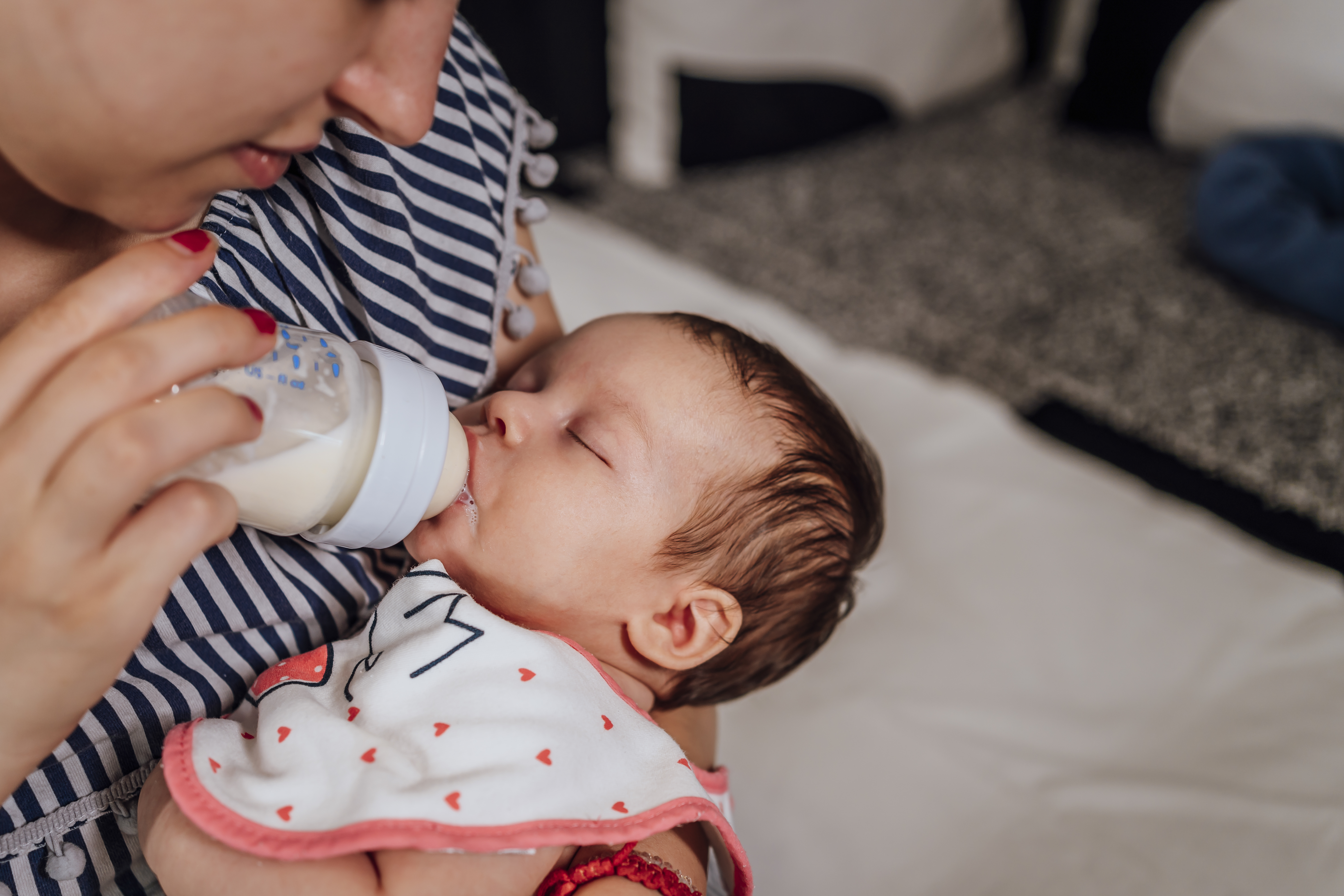
The flow rates of each teat refers to the size or number of holes in the tip, affecting how quickly milk flows into your baby’s mouth. Most baby bottle brands will tell you the flow rate somewhere on the teat - such as, 'preemie,' 'slow,' 'medium' or 'fast', while other brands give a flow rate number, such as 0, 1, 2 or 3 - there are also variflow, which means the flow rate can be changed.
You'll need several bottles and teats, a bottle brush for cleaning and a sterilizer - this could be a cold water sterilizer, microwave or steam sterilizer.
Parenting advice, hot topics, best buys and family finance tips delivered straight to your inbox.
2. Making up a bottle with formula
The first thing to do when making up a bottle with formula is to clean and sterilize the surrounding area, the bottle and the teat. Read the formula's instructions and, if using powdered formula, pour the amount of water you need into the bottle - always put the water in the bottle first, while it is still hot, before adding the powdered formula.
Practicing midwife Pip explains: "Formula comes in 2 different forms: a dry powder you make up with water, or a ready-to-feed liquid formula. While ready-to-feed liquid formula can be convenient, it tends to be more expensive and, once opened, needs to be used more quickly."
She adds: "Never add any extra formula than what is stated on the instructions, as this may cause constipation and dehydration."
Once the water and formula is in the bottle, re-attach the lid and give the powder a swirl until it's dissolved into the water. Then cool the bottle until it's body temperature by running it under a cool tap and testing the formula on your wrist - it should be either slightly warm or slightly cool but never hot.
If there's any formula left at the end of the feed, always throw it away. You should make each feed up fresh to prevent bacteria growing. You should never dry the bottle with a tea towel - no matter how clean it is - as this runs the risk of reintroducing bacteria to the bottle.
3. Making up a bottle with breast milk
After expressing and storing your breast milk safely, you can warm it up ready to feed your baby. As with making up a bottle with formula, ensure your hands are freshly washed properly with soap before cleaning and disinfecting the area where you'll be making your bottle.
Sterilize both your bottle and teat and place them on the disinfected area. If you have frozen your breast milk it's best to defrost it slowly in the fridge. If your baby is happy to drink your breast milk cold you can give it to them straight from the fridge, or warm it to body temperature by holding the bottle under running warm water.
Pip says: "If your baby prefers, you can warm the milk up to body temperature before feeding, but never heat milk in the microwave as it can cause hot spots which can burn your baby’s mouth."
She adds that freshly expressed milk is safe at room temperature for four hours, in the fridge for up to 5 days at 4C or lower, and in the freezer for 6 months.
Kicki explains one tip for using breast milk to bottle feed: "If you’re feeding your baby both expressed milk and formula, instead of mixing it with the formula, always feed your baby your expressed milk first. This will ensure that you don’t throw any of that milk away, should your baby not take the whole feed."
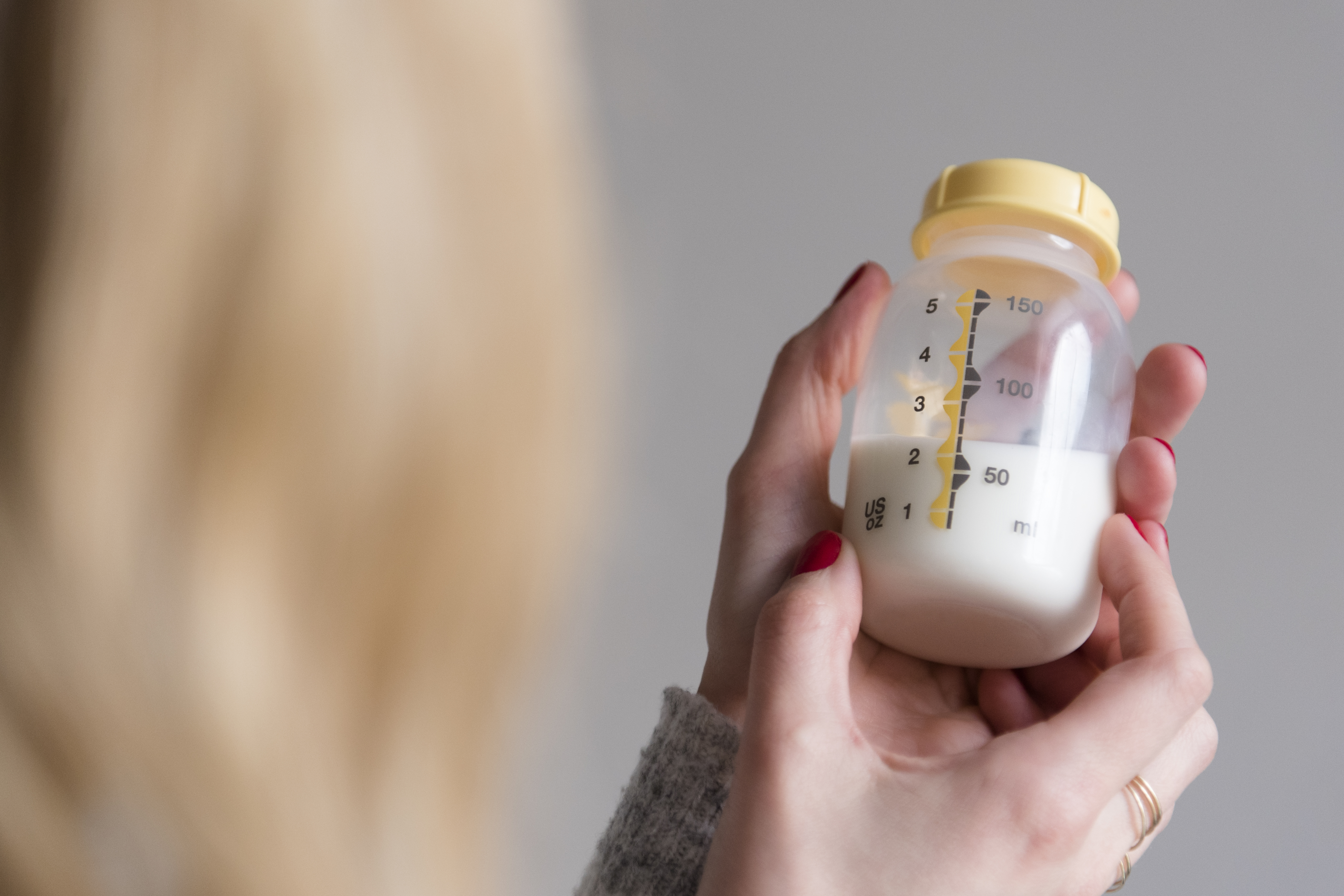
4. Bottle feeding positions
Start by sitting comfortably with support around your back and arms, holding your baby fairly upright in your arms, and support their head so that they can breathe clearly and swallow comfortably. Start by brushing the teat of the bottle against their lips and wait for them to open their mouth wide and draw it in.
Ensure the teat is always full, otherwise your baby will start swallowing air. It's also important to make sure the teat hasn't become bent or crumpled within their mouth, and you can do this by popping a clean finger in your baby's mouth to straighten it out.
Both Pip and Kicki agree that it's best to make sure feeds are carried out by the same 2-3 people, as this can be an important part of bonding.
Your baby may need to stop to be winded occasionally. Pip says, "When your baby does not want any more feed, hold them upright and gently rub or pat their back to bring up any wind."
She adds that you should never use a prop for the bottle or feed your baby whilst they are lying flat, and never leave your baby alone with a bottle as there is a risk they might choke.
5. Switching from breastfeeding to bottle feeding
You can decide to switch to formula at any time, although if you want to do a combination of breast and bottle you should wait 6-8 weeks. The best way is to slowly drop a feed a week - for example, start bottle feeding every Monday night.
Be consistent with which feeds you decide to stop as your breasts will learn to stop producing milk at certain times. By reducing your feeds like this it will stop your breasts from becoming engorged or leaky.
It will take your baby and your body a while to get used to the change, but there are some things you can do to make it easier for your little one:
- Bottle feed with expressed breast milk
- Let your partner feed them with the bottle, if they can smell and feel your breasts they are likely to keep crying for them and ignore the bottle
- Hold them so that they are facing away from your chest to make your breasts less distracting
- Try a variety of shaped teats in case your baby find a specific one more comfortable
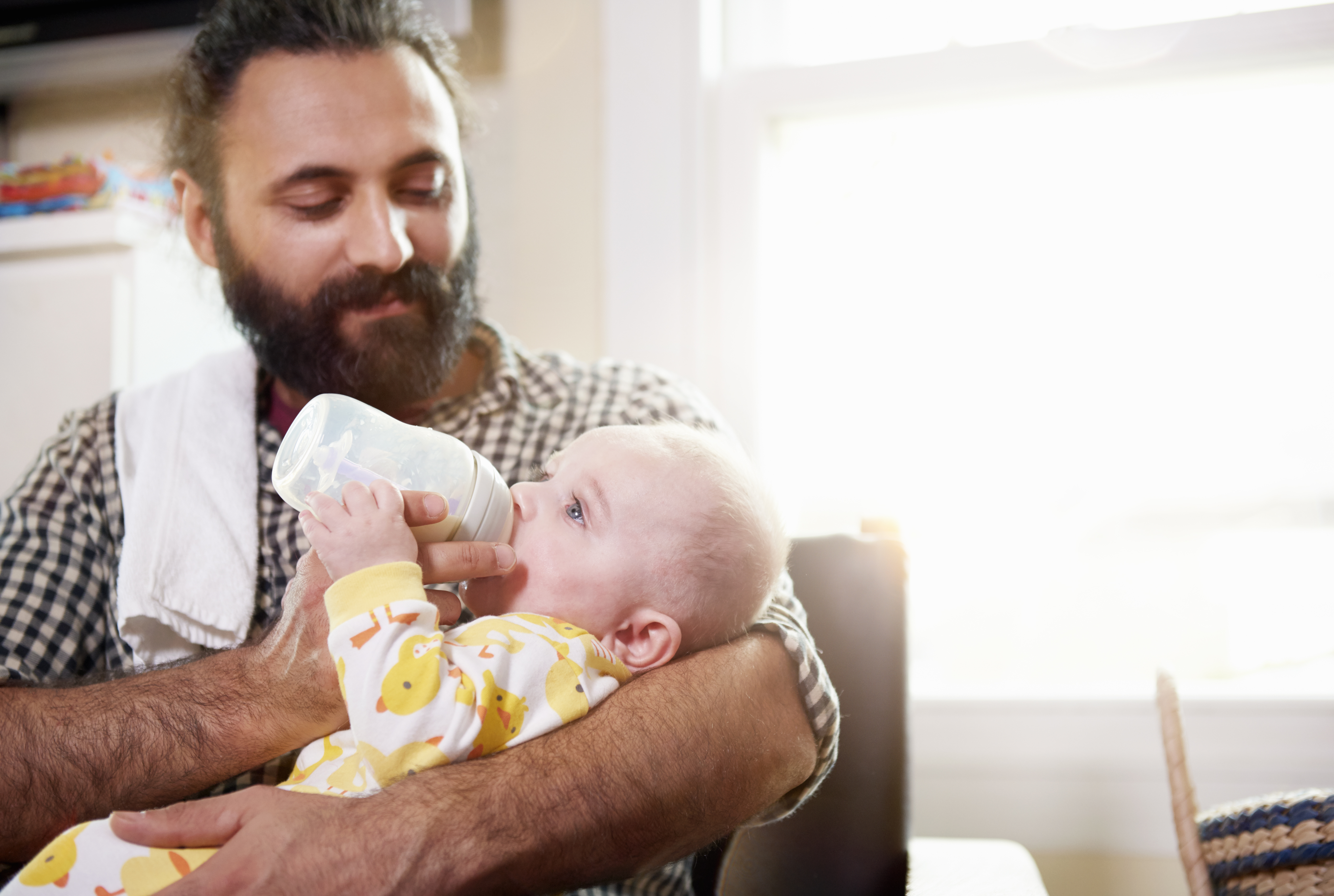
Kicki explains: "There is never a time when breastfeeding is no longer beneficial for your baby. However, if you would like to introduce a bottle feed now and again, you can still continue breastfeeding. The more bottles of formula you introduce, the less milk our body will make and eventually, you’ll stop producing milk."
Pip adds, "A mothers’ body will also need to get used to this new way of feeding and depending on the combination feeding choice you make your breast milk supply may need to increase or decrease to meet your baby’s demand. Transitioning gradually will help ensure that a mother does not have issues with engorgement if you has too much milk or troubles with a low milk supply."
How long should a bottle feed take?
Every baby will feed at a different pace. Pip offers as a guide: " a 0- 3 month old may take 20- 40 minutes to bottle feed and a 3- 6 month old around 15- 30 minutes."
Kicki adds: "The time spent feeding your baby should not only be a about nutrition, but also of about love, comfort, and reassurance." And this goes for both bottle feeding and breastfeeding.
How do you bottle feed on the go?
You should make each feed up before you go, so take with you a measured amount of formula powder in a clean, dry container and a vacuum flask with freshly boiled water. You can also buy ready to feed formula for when you're away from home.
However, if you're not able to make the bottle fresh, Pip says you could prepare a bottle at home. She explains, "Once you've made up the bottle, cool under running cold water and place at the back of the fridge for at least one hour. Take it in a cool bag with an ice pack and use within four hours.
"If made up formula is stored it can be in the fridge for 24 hours, in a cool bag with an ice pack for four hours or at room temperature for two hours."
Want to know more about baby feeding? Check out our guide on the best bottle warmers and how to start weaning.

Midwife Pip is a truly passionate midwife and advocate for the profession, bursting with knowledge. Pip is an experienced, practicing Midwifery Sister, MSc graduate, founder of Midwife Pip Podcast, Hypnobirthing and Antenatal Educator, co- author of published research and importantly a mum.
She is on a mission to ensure all expectant and new mums feel like superwoman during pregnancy and when they give birth. Pip believes passionately that with the right support, honest and evidence-based information all birth should be positive regardless of any twists and turns that may crop up. For this reason, Pip begun her Instagram page @midwife_pip followed by her online courses where she is on hand to support and guide women through all aspects of pregnancy, birth, and the early postpartum every step of the way.
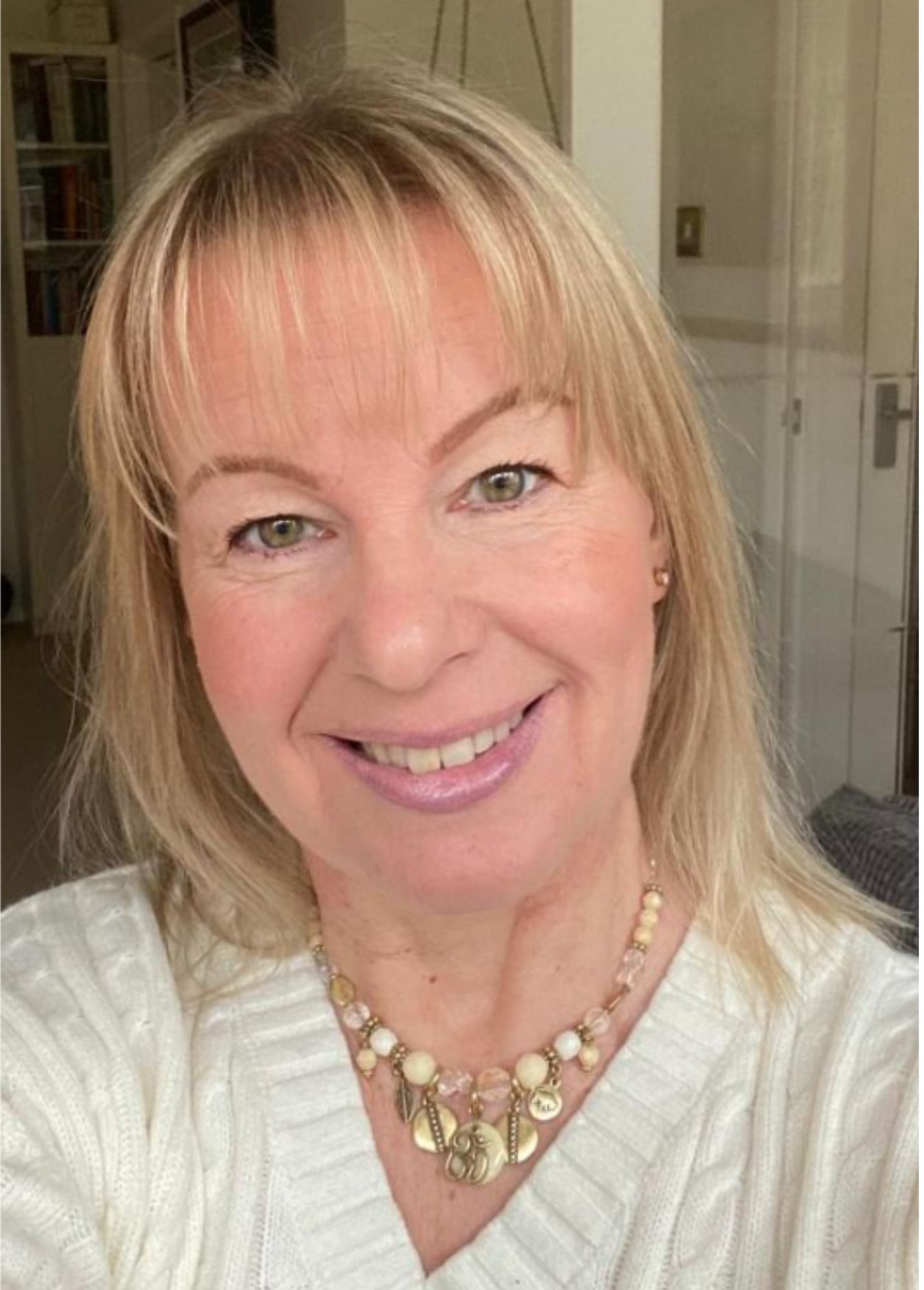
Kicki Hansard is an award-winning doula and author, with experience in all aspects of pregnancy, childbirth, and parenting.
Since 2002, Kicki has been preparing women and couples for the arrival of their baby and supported many of them individually through the birth and postnatal period. Kicki is also a doula course facilitator and has trained over 1,000 aspiring doulas.
Her approach is to instil confidence with true information, equipping women, and families for the work of labor, birth, and the postnatal period and to understand each family's unique needs and birth goals.
Video of the Week

Ellie is GoodtoKnow’s Family News Editor and covers all the latest trends in the parenting world - from relationship advice and baby names to wellbeing and self-care ideas for busy mums. Ellie is also an NCTJ-qualified journalist and has a distinction in MA Magazine Journalism from Nottingham Trent University and a first-class degree in Journalism from Cardiff University. Previously, Ellie has worked with BBC Good Food, The Big Issue, and the Nottingham Post, as well as freelancing as an arts and entertainment writer alongside her studies. When she’s not got her nose in a book, you’ll probably find Ellie jogging around her local park, indulging in an insta-worthy restaurant, or watching Netflix’s newest true crime documentary.